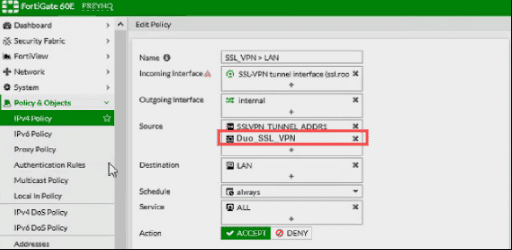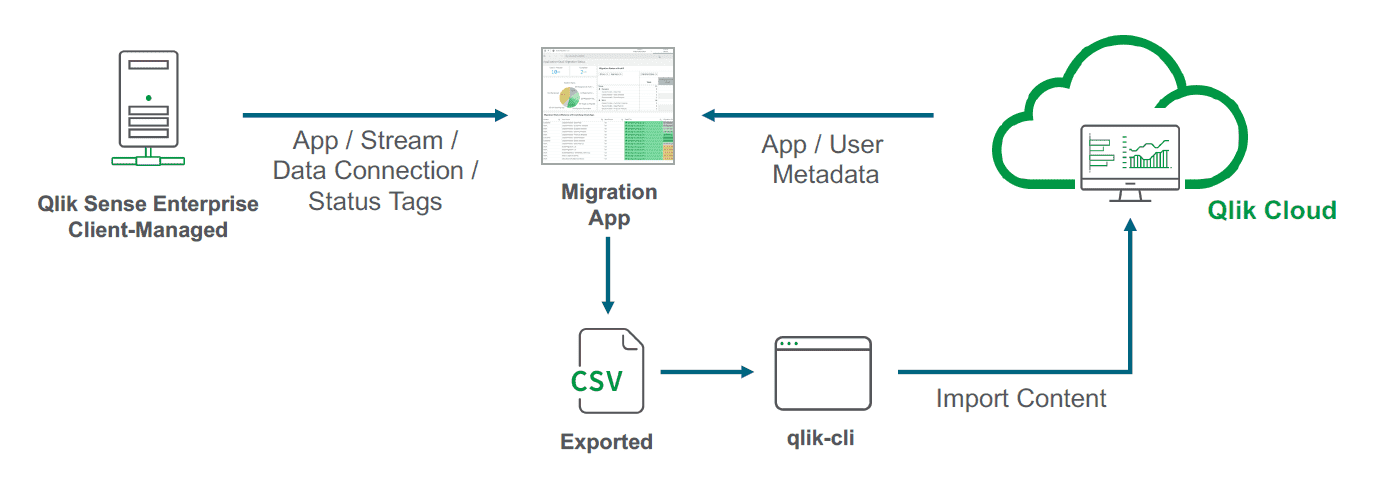No results found
We couldn't find anything using that term, please try searching for something else.

Connecting to SSL or IPsec VPN
Connecting to SSL or IPsec VPN depend on theFortiClient configuration, you may also have permission to edit an existing VPN connection and delete an
Connecting to SSL or IPsec VPN
depend on theFortiClient configuration, you may also have permission to edit an existing VPN connection and delete an existing VPN connection.
|
Internet Explorer’s SSL and TLS settings should be the same as those on the FortiGate. |
To connect to SSL or IPsec VPN :
- On the Remote Access tab, select the VPN connection from the dropdown list.
Optionally, you can right-click the FortiTray icon in the system tray and select a VPN configuration to connect.
provision VPN connection are list undercorporate vpn. Locally configured VPN connections are listed under Personal VPNs.

- enter your username and password .
- If a certificate is required, select a certificate.
If the VPN tunnel was configured to require a certificate, you must select a certificate. If no certificate is required, the option is hidden in FortiClient. Your administrator is configured may have configureFortiClient to automatically locate a certificate for you. - Click the Connect button. depend on theconfiguration received from EMS, you may also need to accept a disclaimer message to establish the connection.
When connected, FortiClient displays the connection status, duration, and other relevant information. You can now browse your remote network. Click the Disconnect button when you are ready to terminate the VPN session.





